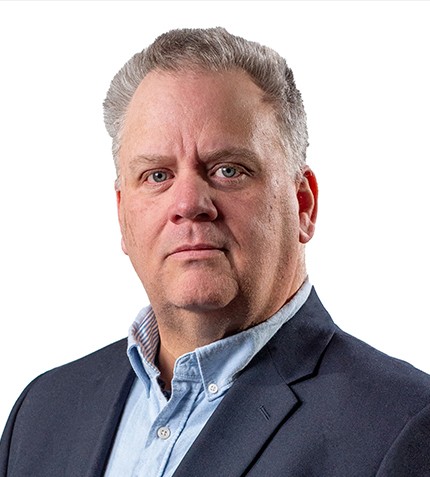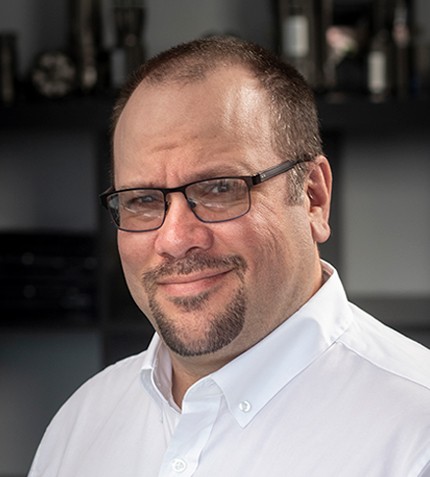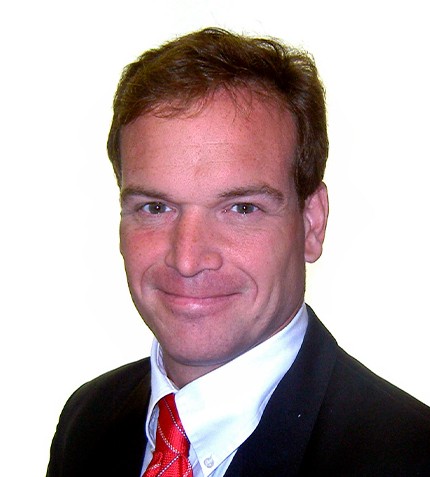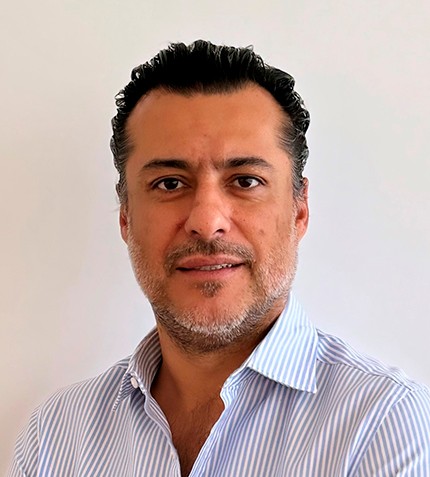
"Parametric modeling has revolutionized the industry, integrating various aspects into a single, efficient model, and drastically reducing project timelines."
Chris Dougherty
PRESIDENT AND CHAIRMAN, NORDMIN ENGINEERING
Can you provide a brief overview of Nordmin Engineering’s achievements in 2023?
Notable projects include working with Redpath Mining on South 32's Hermosa project in Arizona and working with Alamos Gold at their Island Gold operation near Wawa, Ontario, implementing a new ore and waste handling facility as well as working on an assessment of process improvements at their Young-Davidson operation. We are also engaged in environmentally positive power generation solutions with a gold project in northwestern Ontario and collaborating with critical minerals juniors like Tartisan Nickel and Green Technology Metals. Our international involvement includes projects with Ivanhoe Electric in North and South America. It has been a busy period, and we anticipate the industry's momentum continuing despite the current slowdown in the junior space.
Have you observed a change in your clientele?
The industry is undergoing a transition. While there has been a significant focus on lithium and critical minerals in recent years, we are now witnessing a shift back to traditional base metals. Larger projects, delayed by the pandemic, are resurfacing, and there is a notable trend in industrial mineral installations in the USA reaching the end of their long mine life cycles. These installations, with 40–50-year mine lives, are now looking to expand and secure resources for the next several decades.
Precious metals, on the other hand, find themselves in a state of flux. While gold prices are high, the increased operational costs in fuel, energy, and commodities are impacting the mining industry. Escalating living standards necessitates higher wages, contributing to the challenges of maintaining a workforce in industry. Moreover, precious metals face ideological pressures related to environmental concerns, particularly the carbon footprint associated with gold operations. The industry is in a constant state of change, prompting us to introspect and evaluate our focus areas.
What is the biggest challenge facing service providers in the ECPM space?
The current major challenge in the mining industry, especially in the technical sector, revolves around a substantial shortage of skilled personnel spanning roles from geology to operations and environmental recovery. This scarcity is a result of a significant decline in industry entrants over several decades, creating a critical talent gap despite technological advancements enhancing efficiency.
To tackle this, the industry must focus on promoting itself to young people, dispelling negative perceptions, and emphasizing the importance of a career in mining.
How does Nordmin employ digital tools in mine design, and how have they evolved over the years?
I have experienced the industry's transition from manual design to the digital era, marked by tools like AutoCAD. This shift to a purely digital environment has significantly boosted project efficiency, enabling collaborative work across offices, and involving clients and suppliers in unprecedented ways. The adoption of parametric modeling has been transformative, allowing comprehensive work in a fully three-dimensional environment spanning geology to instrumentation. This has empowered smaller teams to handle larger projects effectively. Over the past 15 years, parametric modeling has revolutionized the industry, integrating various aspects into a single, efficient model, and drastically reducing project timelines. The ratio of engineers to drafters has shifted greatly, with fewer drafters handling more work efficiently. This transformation has empowered companies with small teams to effectively take on large projects. Cooperative work with other companies has become more streamlined, which is crucial given the large increase in M&A activity in the EPCM space.
The reality of remote work has enabled talent acquisition without geographical constraints. Looking forward, our commitment to parametric modeling persists, with ongoing collaboration with software providers for tailored solutions. We are exploring new tools, like large-scale tablets, and focusing on communication infrastructure to support effective remote work.
What is Nordmin’s growth strategy?
Our strategy involves expanding our teams, without necessarily being bound by physical offices, and with a special emphasis on growth in Salt Lake City, Utah. We are in the process of relocating our office there to a new space, which will serve as a hub for that region. In Sudbury, we aim to add more professionals to our existing office and continue expanding our team.
Our board is currently full for the next few years, but we remain open to new opportunities that may arise. Additionally, we will continue to consider opportunities to merge with other companies.










